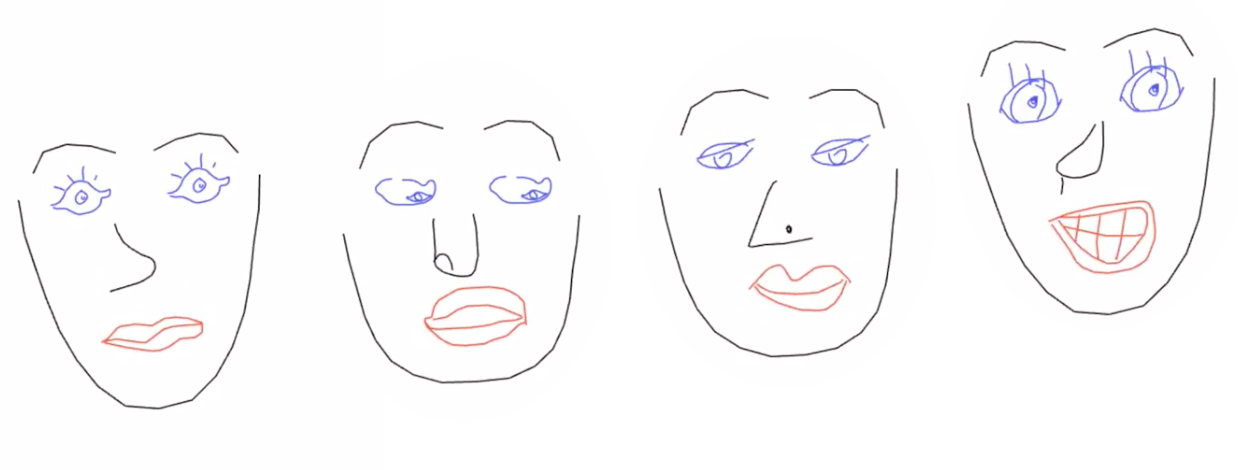 AI
AI
 AI
AI
 AI
AI
In 2016, Google LLC released a sort of digital Pictionary called Quick, Draw!, a machine learning tool that let people doodle sketches, which would then be analyzed by the tool. Apparently it caught on.
Since then, Google has open-sourced about 50 million of those doodles to allow developers to conduct research into the way people draw.
“Since the initial dataset was released, it has been incredible to see how graphs, t-sne clusters, and simply overlapping millions of these doodles have given us the ability to infer interesting human behaviors, across different cultures,” Google said in a press release.
That behavior includes 86 percent of Americans who draw their circles counterclockwise, compared with 80 percent of Japanese people drawing them clockwise, from smaller datasets at least. The reason is thought to be how we learn to write, with Japanese people starting symbols going from the top left to the bottom right.
Other experiments showed that in some countries, people draw things like chairs in perspective and in other nations straight on, or that we all have our own way of drawing our own facial features. What the experiments found is that even when drawing simple doodles, we each have a unique method.
“The different ways in which people draw are like different notes in some universally human scale,” said Google engineer Ian Johnson.
Google today is releasing a web component and data application programming interface for Quick, Draw! that layers a file directory containing 50 million files and returns a JSON object or an HTML canvas rendering for each drawing.
“Without downloading all the data, you can start creating right away in prototyping your ideas,” Google said. It’s also providing instructions on how to host the data and API on the Google Cloud.
The component and data API is aimed at simplifying matters for creatives who wish to manipulate the data for their own research. The next step for the project, Google said, might be to store everything in one database for more complex queries.
Support our mission to keep content open and free by engaging with theCUBE community. Join theCUBE’s Alumni Trust Network, where technology leaders connect, share intelligence and create opportunities.
Founded by tech visionaries John Furrier and Dave Vellante, SiliconANGLE Media has built a dynamic ecosystem of industry-leading digital media brands that reach 15+ million elite tech professionals. Our new proprietary theCUBE AI Video Cloud is breaking ground in audience interaction, leveraging theCUBEai.com neural network to help technology companies make data-driven decisions and stay at the forefront of industry conversations.